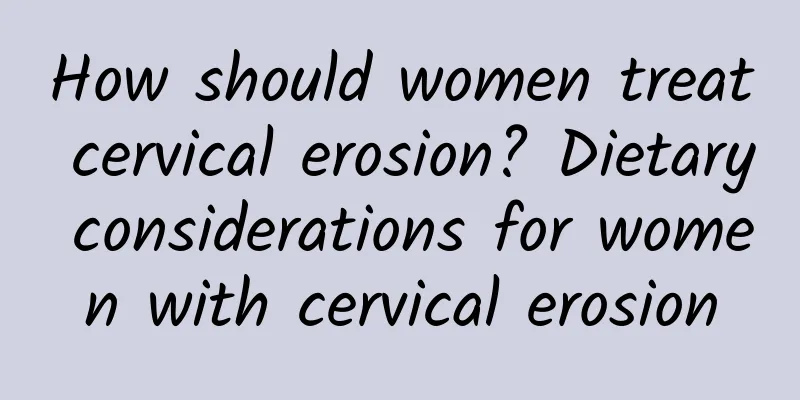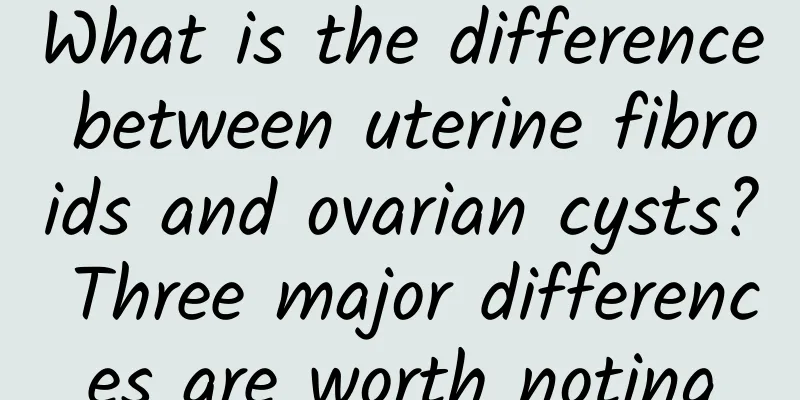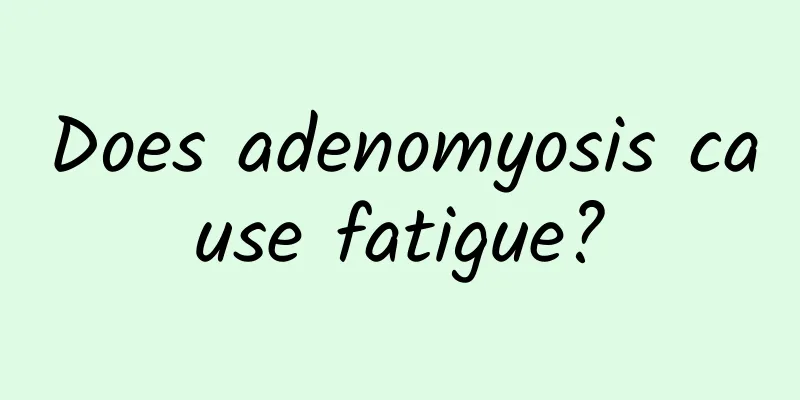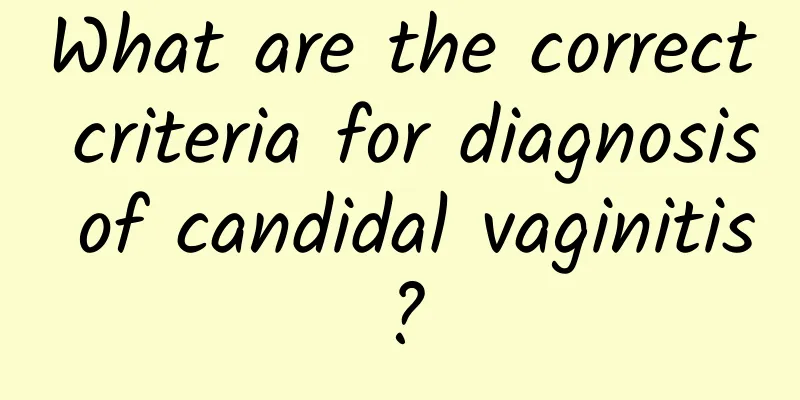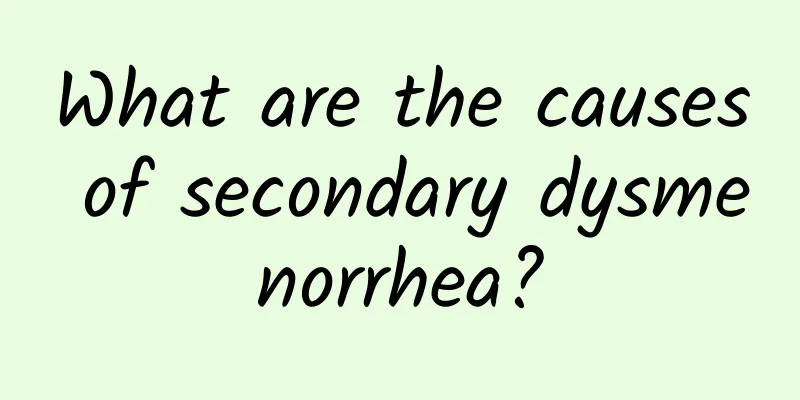How to treat subserosal uterine fibroids? What are the treatments for subserosal uterine fibroids?
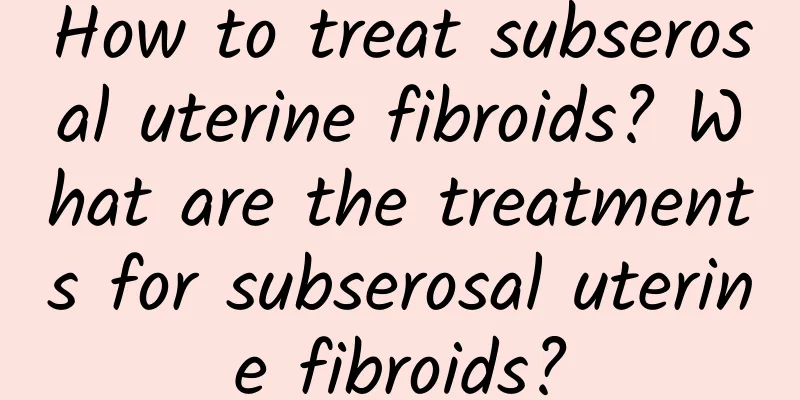
|
Subserosal uterine fibroids refer to fibroids that protrude from the serosa. Generally speaking, since subserosal uterine fibroids are located outside the uterus, they will not cause menstrual changes. However, subserosal uterine fibroids have the risk of acute abdominal pain caused by tumor pedicle torsion, which should not be underestimated by patients. So, how to treat subserosal uterine fibroids? Subserosal uterine fibroids account for about one-fifth of uterine fibroids, or about 20%, and generally have no obvious symptoms. Clinically, when subserosal uterine fibroids are discovered, the fibroids compress other organs or the tumor pedicle twists, causing acute abdominal pain. It should be noted that since subserosal fibroids are in direct contact with the pelvic cavity outside the uterus, they are prone to infection and degeneration. Compared with submucosal and intramural fibroids, There are many methods for treating subserosal uterine fibroids, which are commonly used: 1. Expectant therapy: Myoma is small, asymptomatic, without complications and degeneration, and has no impact on health. For perimenopausal patients, without clinical symptoms, it is considered that ovarian dysfunction may cause myoma to shrink or shrink. Expectant therapy can be adopted in all the above cases, that is, regular follow-up observation (once every 3 to 6 months) in clinical and imaging aspects. The treatment will be decided based on the review results. 2. Drug therapy: There have been many new advances in drug therapy. 3. Surgical treatment: For patients with fibroids, the age for hysterectomy was previously set at over 45 years old. Now, the age for ovarian preservation is generally 50 years old (the average age of menopause is 49 years old). That is, those under 50 years old who can preserve their ovaries should do so. Or those who are over 50 years old and have not reached menopause should also preserve their normal ovaries, regardless of age. 4. Radiotherapy is ineffective, surgery is contraindicated or surgery is refused, but there are certain contraindications. |
>>: What are subserosal uterine fibroids? What are the symptoms of subserosal uterine fibroids?
Recommend
Experts explain the causes of ovarian cysts
Ovarian cysts can cause great harm to female frie...
How to induce menstruation if menstruation does not come
Many people feel anxious when their periods are n...
How to treat endometrial tuberculosis and its corresponding costs
Endometrial tuberculosis troubles the health of m...
What medicine should I take for abnormal vaginal discharge with itching and odor? It may be vaginitis
When the vulva is itchy, has an odor, and is acco...
Can threatened abortion be treated with medicine?
After finally getting pregnant, threatened miscar...
Can women eat vinegar after miscarriage?
In the case of an unexpected pregnancy, abortion ...
How long should I rest after a medical abortion?
How long should I rest after a medical abortion? ...
Can Bartholin's gland cyst be cured by taking Chinese medicine?
Traditional Chinese medicine may have a certain a...
What are the early symptoms of ovarian cysts and how to check them?
What are the early symptoms of ovarian cysts? How...
What should I pay attention to when treating uterine fibroids? Key points when treating uterine fibroids
Uterine fibroids are a common benign tumor in gyn...
What are the examination items for bacterial vaginosis?
Although bacterial vaginosis is a common gynecolo...
What are the signs of ovarian cysts?
Signs of ovarian cysts include a noticeable incre...
How to cure uterine effusion
How can uterine effusion be cured? This question ...
The less sweet a fruit is, the lower its GI value? The secret of fruit GI value is not sweetness!
Taiwan is a kingdom of fruits, and many fruits ar...
What to do if your menstrual period is too much
Excessive menstrual flow is a problem that troubl...

